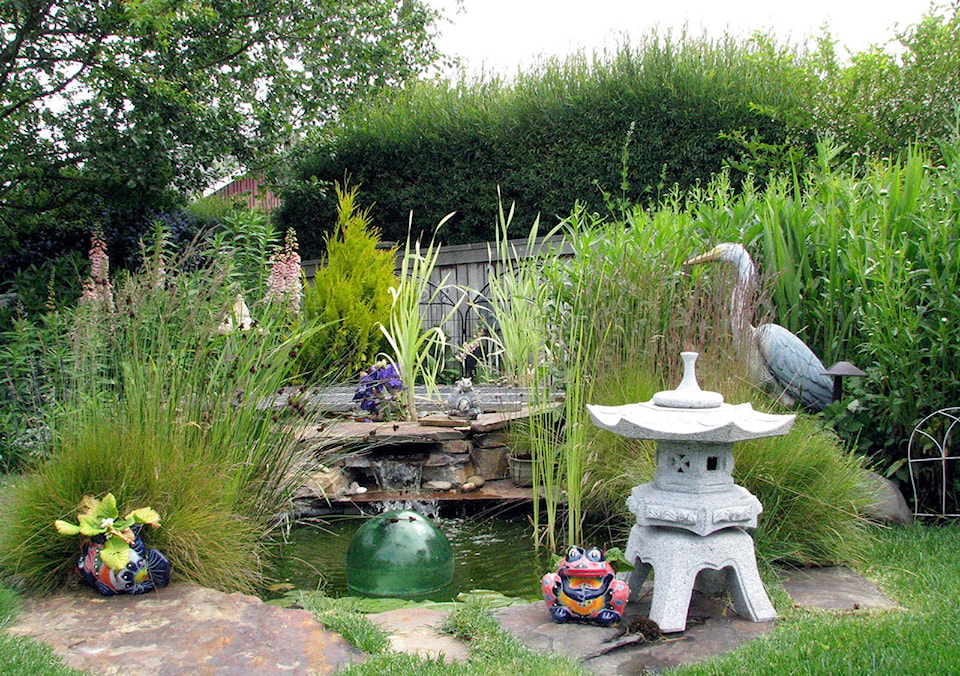A landscaped yard provides extra living space, adds value to the property and enhances the house.
A well landscaped yard consists of both hard and soft landscape materials. The hard landscape portion are parts that if done well are rarely moved. It includes site preparation with drainage and good soil and continues to the more visible items such as: fences, pathways, patios, driveways and retaining walls. All portions of the hard landscape should keep to the style of house, complementing the buildings and plants not overwhelming them.
The soft landscaped portion, plants, is changeable as even the largest tree can be removed. The choice of plants and their placement make a huge difference on the overall appearance of the yard and buildings. Place a tall tree beside a one story house and the house will appear shorter. Place the same tree further away and the house’s height will appear to increase.
Like the hard landscaping, the soft design and plant material should complement the house style. An example being a wild cottage garden suits a small older house but it would look out of place in front of a square modern building.
Landscapes have focal points which should catch the person’s eye when they enter that section of the garden. After seeing and admiring the focal point, one then takes in the rest of the area. Plants, statues, birdbaths, or a structure are commonly used as focal points. As the garden changes with the season, so can the focal point. Evergreens stand out during the winter months but become the backdrop for colourful flowers during the summer.
Ornamentation falls between the definition of hard and soft landscaping as it has a hard surface but it is easily replaceable.
Like the hard and soft landscaping, ornamentation should be chosen with care. A large ornament such as a statue or birdbath can be the focal point of a garden. It could also be tucked away around a corner, pleasantly surprising visitors.
Plant pots and trellises are part of the garden but rarely are they the focal point. Choose ones that either blend into the background or complement the plants. Plants are the stars of the garden and should be seen first with supports and pots just being part of the complete picture.
Placing anything in the garden – hardscape, plants or ornamentation – must have a purpose. Things without a purpose look out of place making the landscape look cluttered.
Items can have one or multiple purposes. Paths lead the eye as well as an easy walking surface. Plants are used to enhance the house, frame views and block unsightly items. Pots and trellises hold plants.
The amount of ornamentation available for gardens is overwhelming. Choose carefully as the decorations should be the finishing touch, enhancing what is already there. Too many ornaments in too many places draws the eye away from the overall landscape, causing people to focus on the ornaments and not the overall garden.
Linda Tomlinson has gardened in central Alberta for over 30 years. She can be reached at your_garden@hotmail.com.
